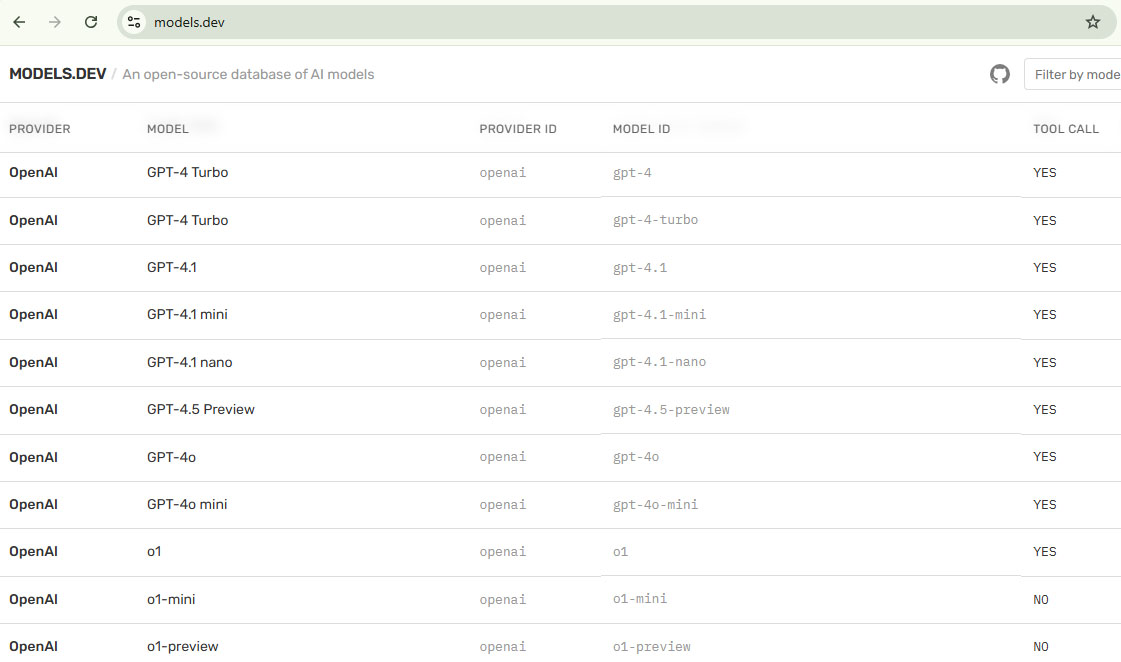Open Source vs. Proprietary AI: The Restaurant vs. The Home-Cooked Meal
Now that we understand what an LLM is, a crucial question arises: Who makes them, and how do we get to use them? In the world of AI, there are two main philosophies, two different ways of building and sharing these powerful tools. This is the difference between Proprietary and Open Source models.
To understand this, let's use a simple analogy: getting a meal.
- Proprietary AI is like going to a high-end restaurant. You go to a trusted establishment (like OpenAI, Google, or Anthropic). You don't know the secret recipe, you can't go into the kitchen, and you can't change how the dish is made. You simply order from a menu (use their API), and a team of professional chefs delivers a polished, high-quality meal. It's easy, reliable, and you get top-notch results, but it costs money and you're limited to what they offer.
- Open Source AI is like being given a world-class chef's recipe and a key to a fully stocked pantry. A company (like Meta with its Llama models, or Mistral AI) develops an amazing recipe (the AI model) and then gives it away to the public. You can see every ingredient and every step. You can take the recipe, bring it into your own kitchen (your own computer or server), and cook it as is. Better yet, you can modify it—add some spice, swap an ingredient, or scale it up to feed a huge family. It gives you incredible freedom and control, but you need the skills and the kitchen to do it yourself.
Neither approach is universally "better"—they are simply different models for different needs, and both are driving innovation in incredible ways.
Proprietary vs. Open Source at a Glance
Let's break down the trade-offs. Choosing the right type of AI model depends on what you value most: convenience, control, cost, or cutting-edge performance.
Proprietary Models (The Restaurant)
Examples: OpenAI's GPT series, Google's Gemini, Anthropic's Claude.
- Ease of Use: Incredibly simple to get started. You just sign up and use it through a website or a simple API. No complex setup required.
- Peak Performance: These models are often the most powerful and capable on the market, as billions of dollars are invested in their development.
- Reliability & Support: They come with professional, dedicated support and the reliability of a major corporation maintaining the service.
- Cost: Can become expensive. You typically pay for how much you use, and costs can add up quickly for heavy users.
- Lack of Transparency: They are "black boxes." You don't know exactly what data they were trained on or how their inner workings are tuned.
- Vendor Lock-In: You are dependent on a single company. If they change their prices, policies, or discontinue a service, you have little recourse.
Open Source Models (The Recipe)
Examples: Meta's Llama series, Mistral models, Falcon.
- Control & Customization: You have total control. You can modify the model for a specific task, fine-tune it on your own private data, and run it anywhere.
- Transparency: The model's architecture and "weights" (its learned parameters) are open for inspection, which is important for research and accountability.
- Cost-Effective at Scale: While they require initial investment in hardware and expertise, they are free to download and use, avoiding recurring fees.
- Complexity: Requires significant technical expertise to set up, maintain, and optimize. This isn't a simple "plug-and-play" solution.
- Support is Community-Based: There's no dedicated support line. You rely on community forums and your own team's ability to solve problems.
- Potential for Misuse: Because anyone can access them, there's a higher risk of bad actors using these models for malicious purposes like generating misinformation.
models.dev: List of All AI Models
Models.dev is a comprehensive open-source database of AI model specifications, pricing, and features.

Quick Check
A university research lab wants to dissect and modify the inner workings of an AI model for a study on AI bias. Which type of model would be most suitable for them?
Recap: Open Source vs. Proprietary AI Models
What we covered:
- AI models are primarily offered in two ways: Proprietary (closed, like a restaurant) and Open Source (public, like a recipe).
- Proprietary models offer ease of use and peak performance but come at a cost and with less transparency.
- Open Source models offer control, customization, and transparency but require technical expertise and resources.
- The choice between them depends on your specific needs, resources, and goals.
Why it matters:
- This distinction is central to the future of AI. It affects everything from how businesses build AI products to how individual researchers can innovate. Understanding this landscape helps you see who holds the power and where the technology might go next.
Next up:
- With all the amazing claims about AI, it can be hard to know what's true. In our next lesson, we'll tackle some common misconceptions and separate AI Myths vs Reality.



